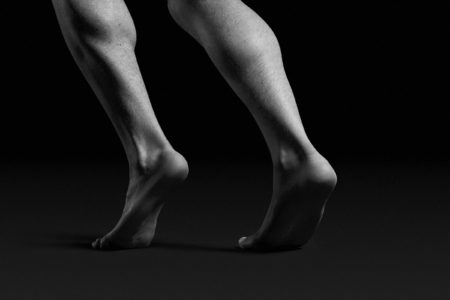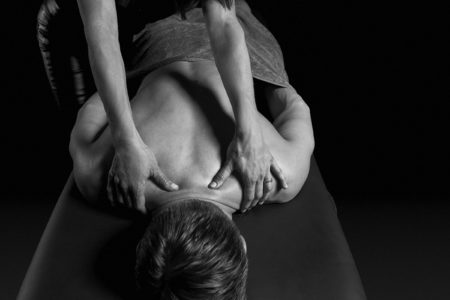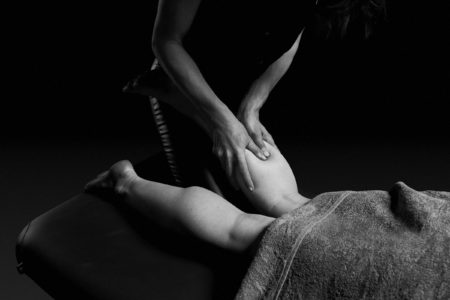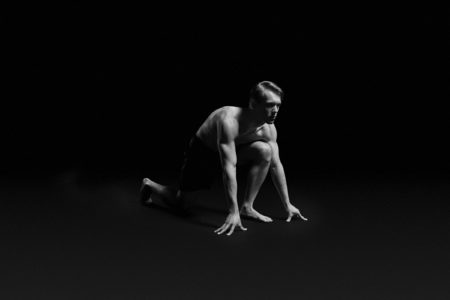Suite 3, Ground Floor, The Gateway,
312 St Kilda Road, Southbank, VIC, 3006
Tendinopathy – The Essentials
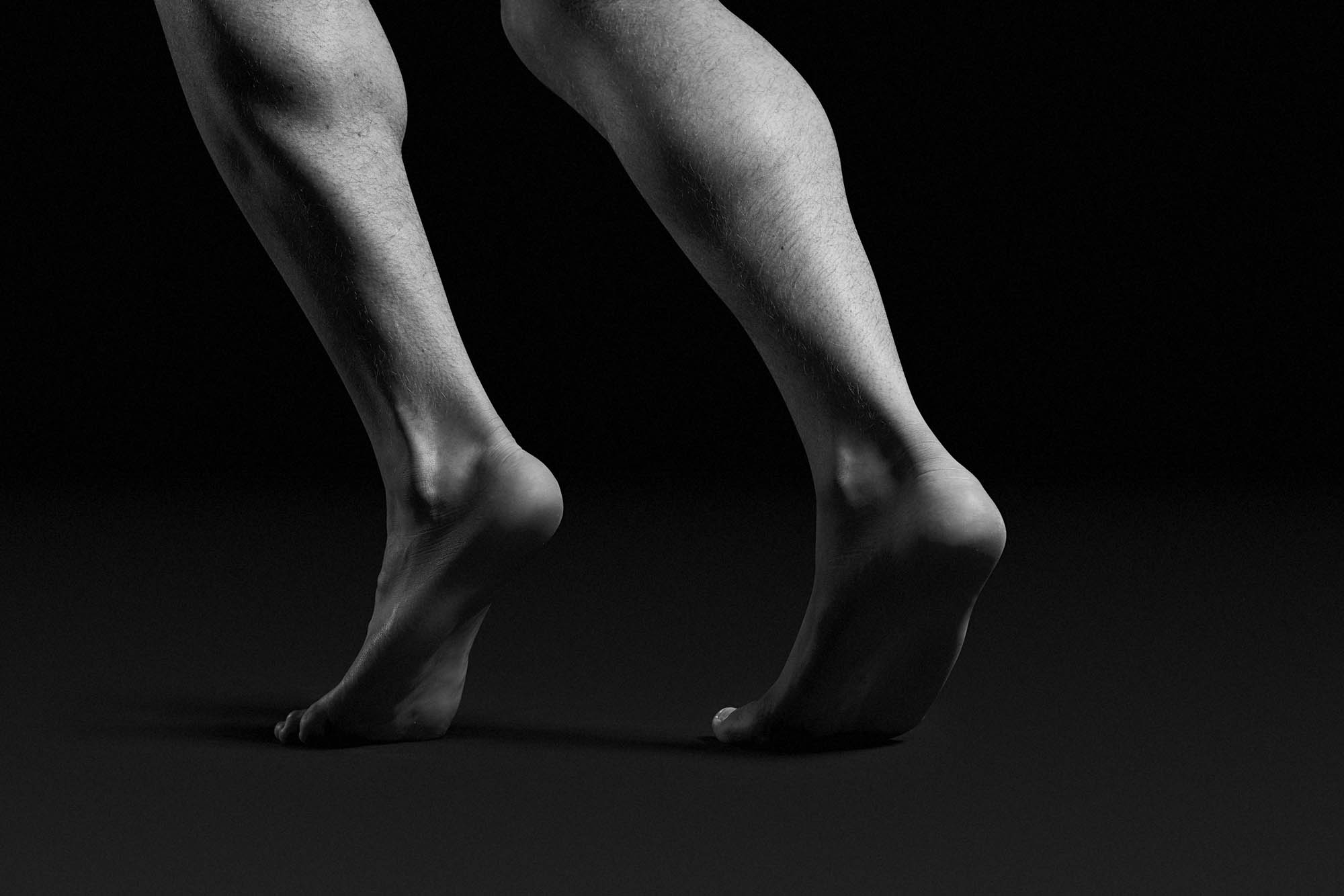
Have you ever wondered what is happening in your tendons when you have chronic pain? The previous theories included swelling within the tendon or micro-tears. Research over the past few years has disproved these theories and we are learning more about tendons everyday!
Tendons are the ends of muscles where they attach to bone and tendinopathy can occur in many tendons, and one of the most common types is in the Achilles tendon.
Tendons become loaded with activity and unloaded with rest. Changes happen at a cellular level as you over-load or under-load a tendon. Currently, tendon pathology is described as being on a continuum:
Reactive Tendon – Tendon Dysrepair – Degenerative Tendinopathy
While the continuum is presented in three stages, it is helpful to think of them as fluid stages. Before a reactive tendon is a healthy tendon and after a degenerative tendinopathy may be tendon rupture. Adding or removing load is primarily what drives a tendon forward or backward on the spectrum. Understanding this relationship can be helpful to repair a tendon so you can get back to normal, pain free activity.
What causes a tendon to move along the continuum?
When a healthy tendon is overloaded acutely, it responds by stiffening. This is a normal response, however it may also thicken to try to attenuate the increased load. This thickening of the tendon is not a normal healthy response and is known as “reactive.” If you return to your normal load, the tendon should also return to normal.
Continuing to overload the tendon or failure to repair and return to a healthy tendon causes “tendon dysrepair.” In this stage there may be disorganisation of the structures within the tendon, thickening and inflammation along the tendon.
If the tendon is still overloaded at this time, there is “degeneration.” This stage includes cell death and breakdown of tendon structures. There is little chance of reversibility at this time and surgery may be indicated.
How do you overload or under-load a tendon?
Increasing the time you spend doing an activity/sport, increasing the amount of weight you use or the number of repetitions of a particular exercise or increased the amount of time/week you do an activity all increase the loading on a tendon. Common ways to overload a tendon include increasing the amount of running you do if you’re training for a race, participating in a tournament or sports training camp, adding weights at the gym. Under-loading a tendon can be just decreasing frequency/intensity/duration of activity. Unloading can also happen by wearing a brace, tape, or modifying movement patterns to reduce the load across a specific tendon.
How do I manage tendon pathology?
Evidence had shown that when a tendon is unloaded long term, it may have the same damaging changes as when it is overloaded for a long time. In order to manage tendon pathology, it is important that you work with your physiotherapist to address modifications to the activities you are doing as well the way in which you are doing them. This may be an ongoing process and compliance with your program is crucial!
For more information, please come talk to your physiotherapist!
Referenced throughout this article: Jill Cook and Craig Purdham: “Is tendon pathology a continuum? A pathology model to explain the clinical presentation of load-induced tendinopathy”


